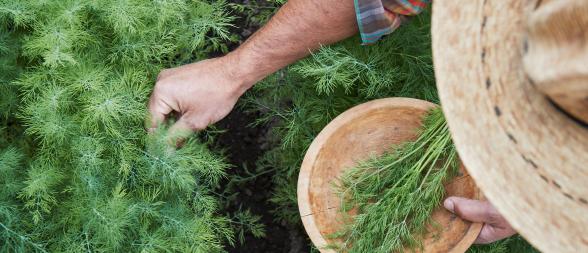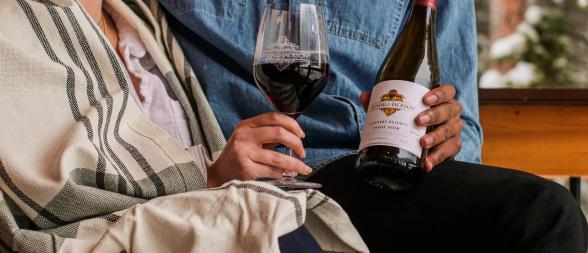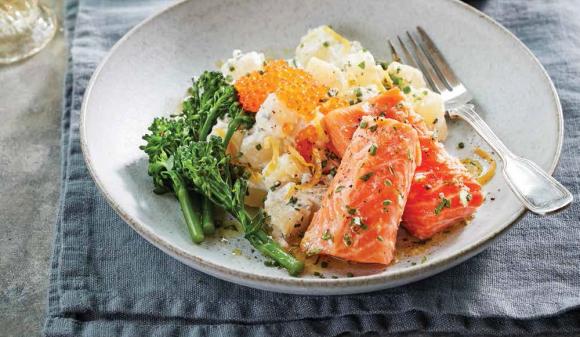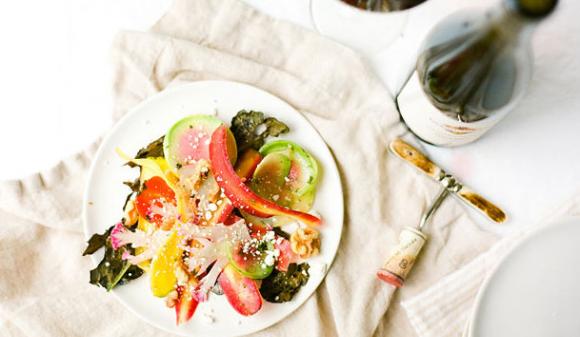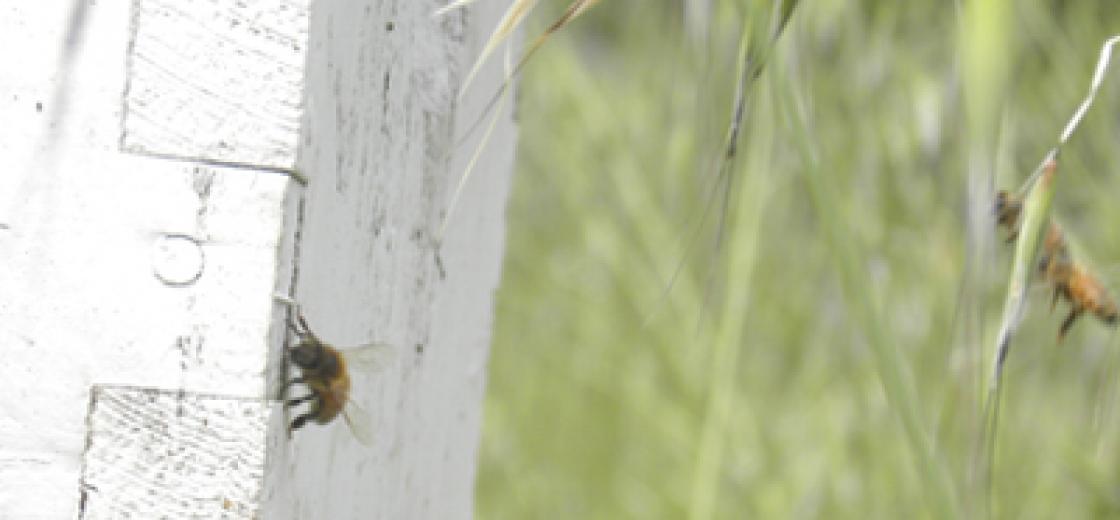
In The Culinary Garden: Honeybees
Located at the far end of the Kendall-Jackson Wine Center vineyard, along the shaded trees and meandering creek, we have a very special little-known project. It is our collection of permanent beehives; we have a dozen separate hives that help our organic garden be so very fruitful.
The bees we keep are the European domesticated honey bee. As some of you know, there is some concern about bee populations dying off. It could be attributed to increased stress of bees constantly being moved out of apple orchards, pear, nut, and citrus groves multiple times a year. I’d be stressed if I had to move five or six times a year.
But, on our idyllic estate, I can tell you that our bees are stress free, happy and healthy. In fact, we harvest the honey and share it with our beekeeper. The chefs also love the stuff and use it in our cheese and wine pairing experience.
Currently, the bees are visiting the many wild flowers and our bounty of organic garden vegetables. Right now, the Culinary Garden has fava beans, mustard, arugula and wild radish flowers — all of them are delicious — and most of which are dependent on our honeybees to survive. We rely on them to pollinate the flowers, which helps keeps our garden growing.
Some of you might not like bees, and even be scared of them. But don’t worry, honeybees are not aggressive by nature, and will not sting unless protecting the hive from an intruder or being unduly provoked. The bees represent a highly organized society, with various members taking on very specific roles, like nurses, guards, housekeepers, construction workers, royal attendants, undertakers and foragers, for example.
But the great thing about bees, as our chefs will tell you, has to be the honey. World wide there are over 300 different distinct varieties of raw honey based on regionality and local plants. And the fact that honey is delicious isn’t anything new. The practice of honey collection and beekeeping dates back to the Stone Age, as evidenced by cave paintings.
Last, but not least, did you know that 80% of your food is has been touched in some way by the honey bees? And did you know that those with diabetes type II can eat honey, and that it actually is the better sweetener for them? Bees are beautiful. Just let the honeybee be and enjoy the results with us in the garden.

